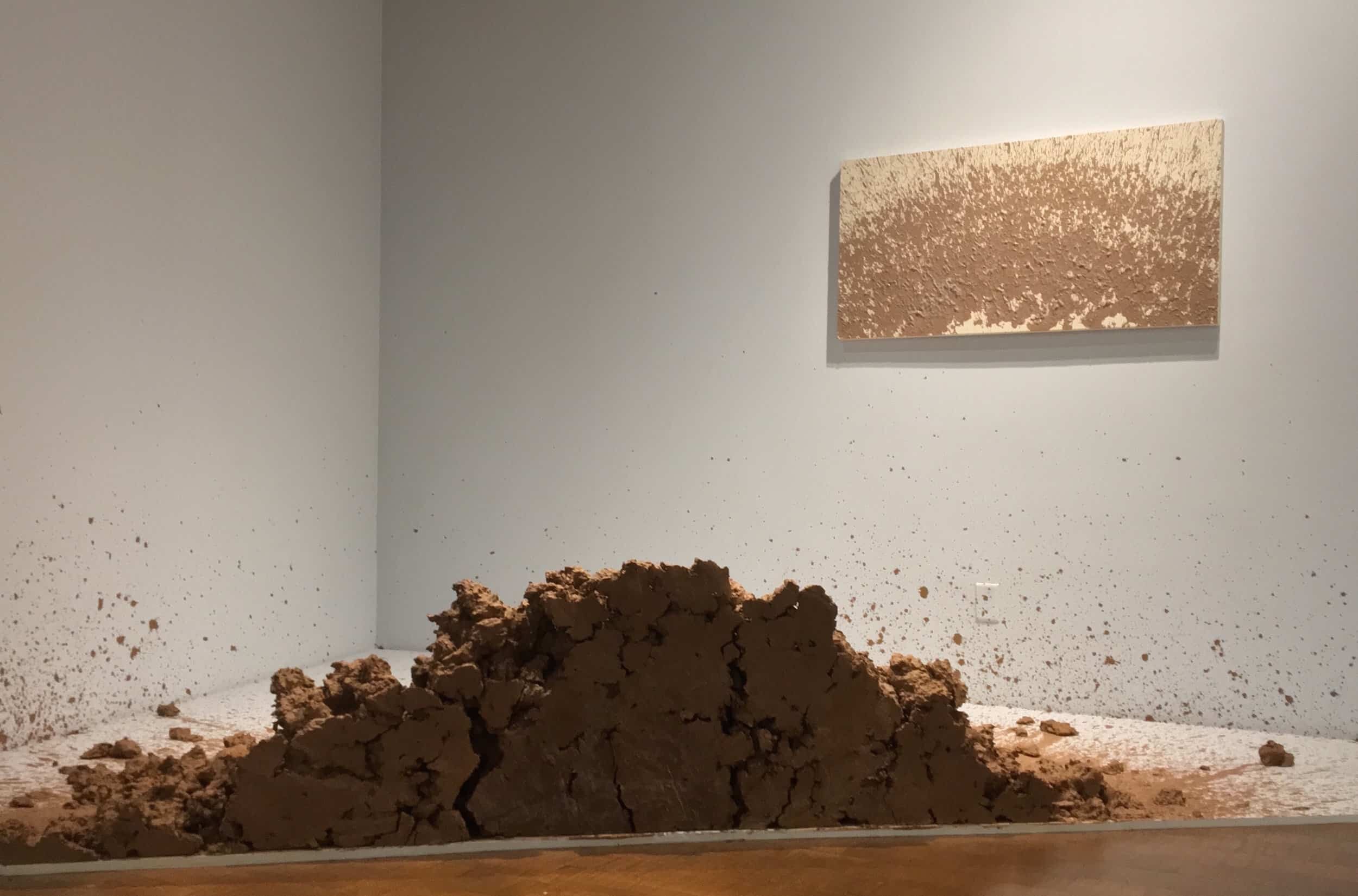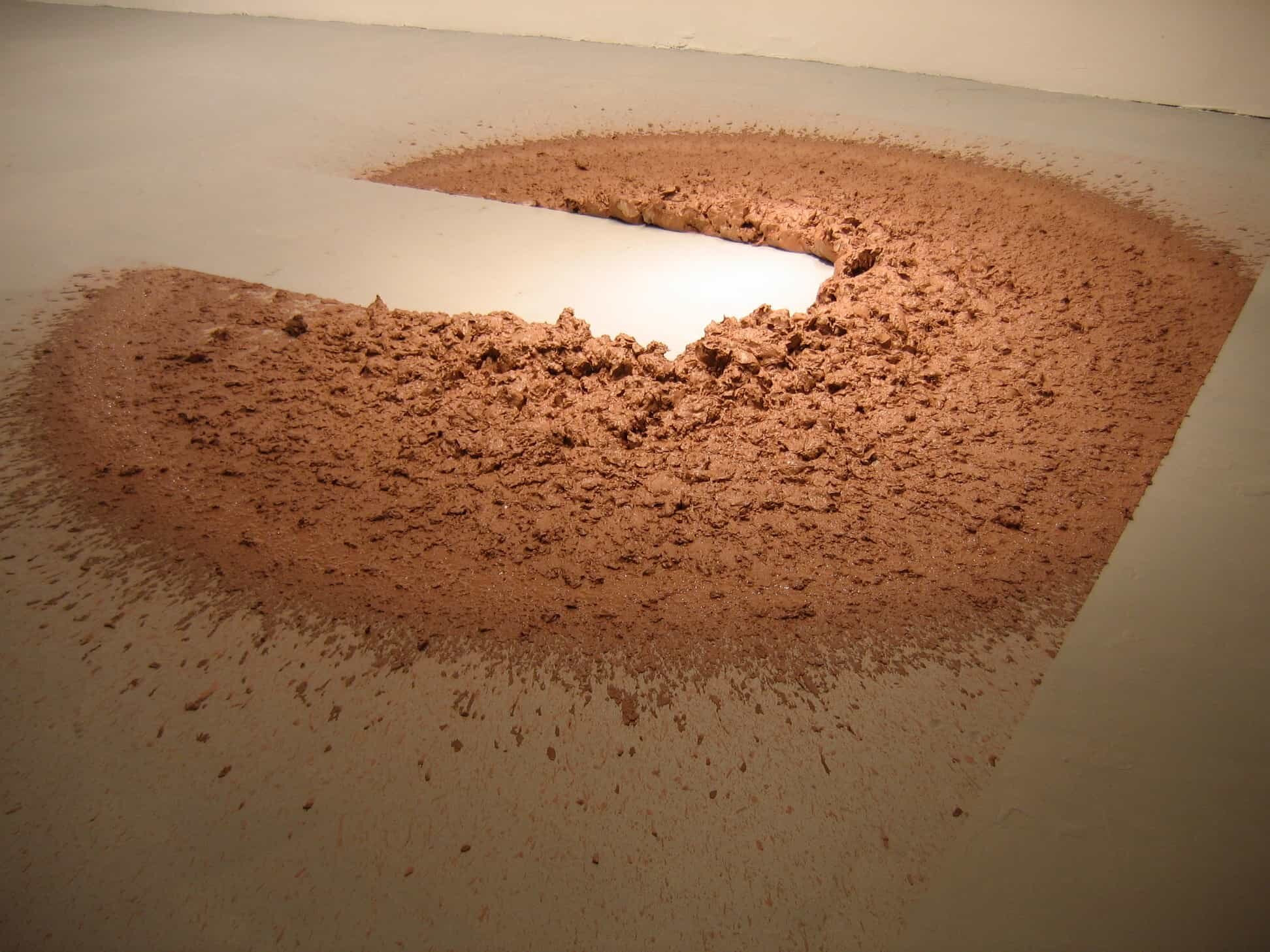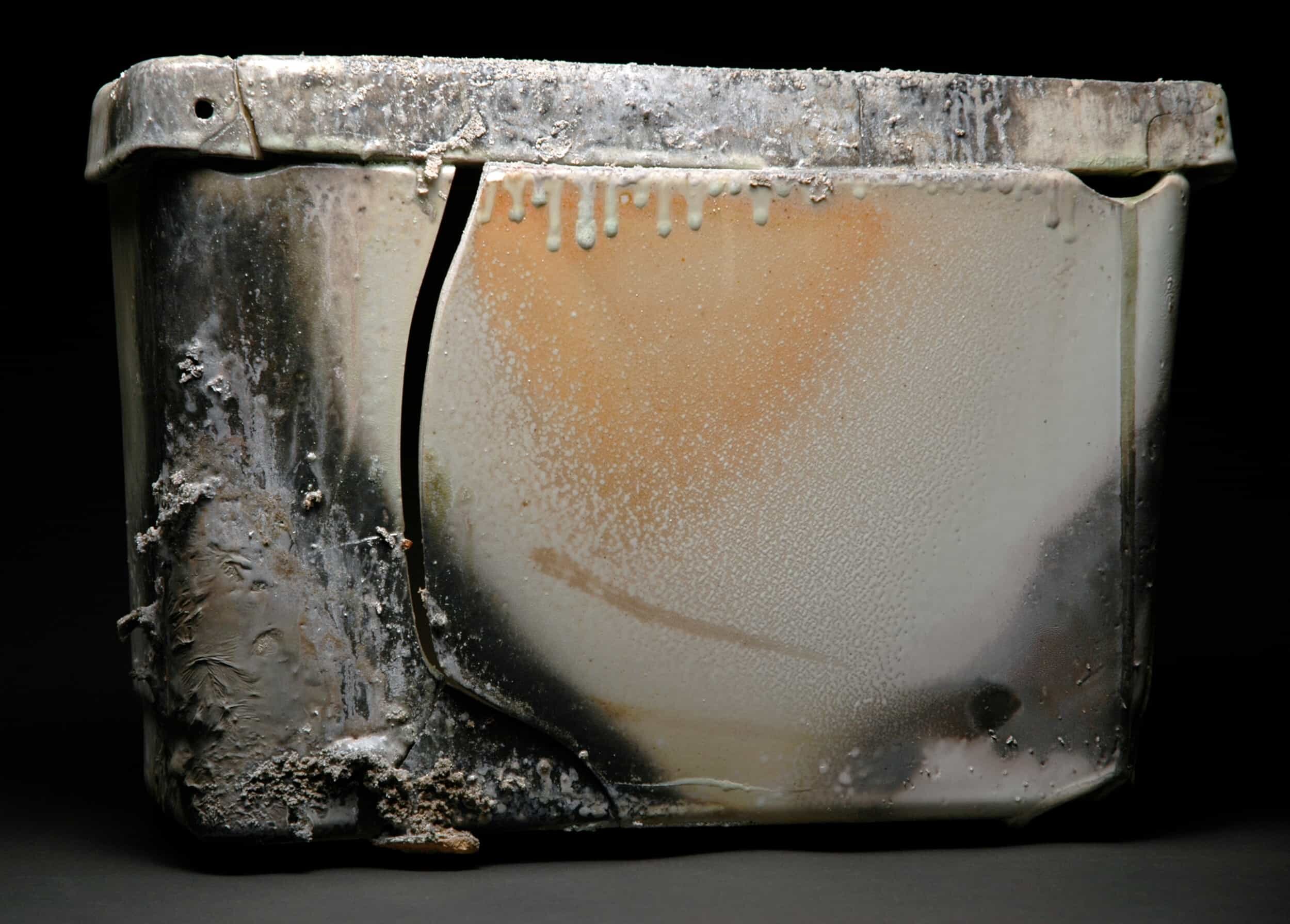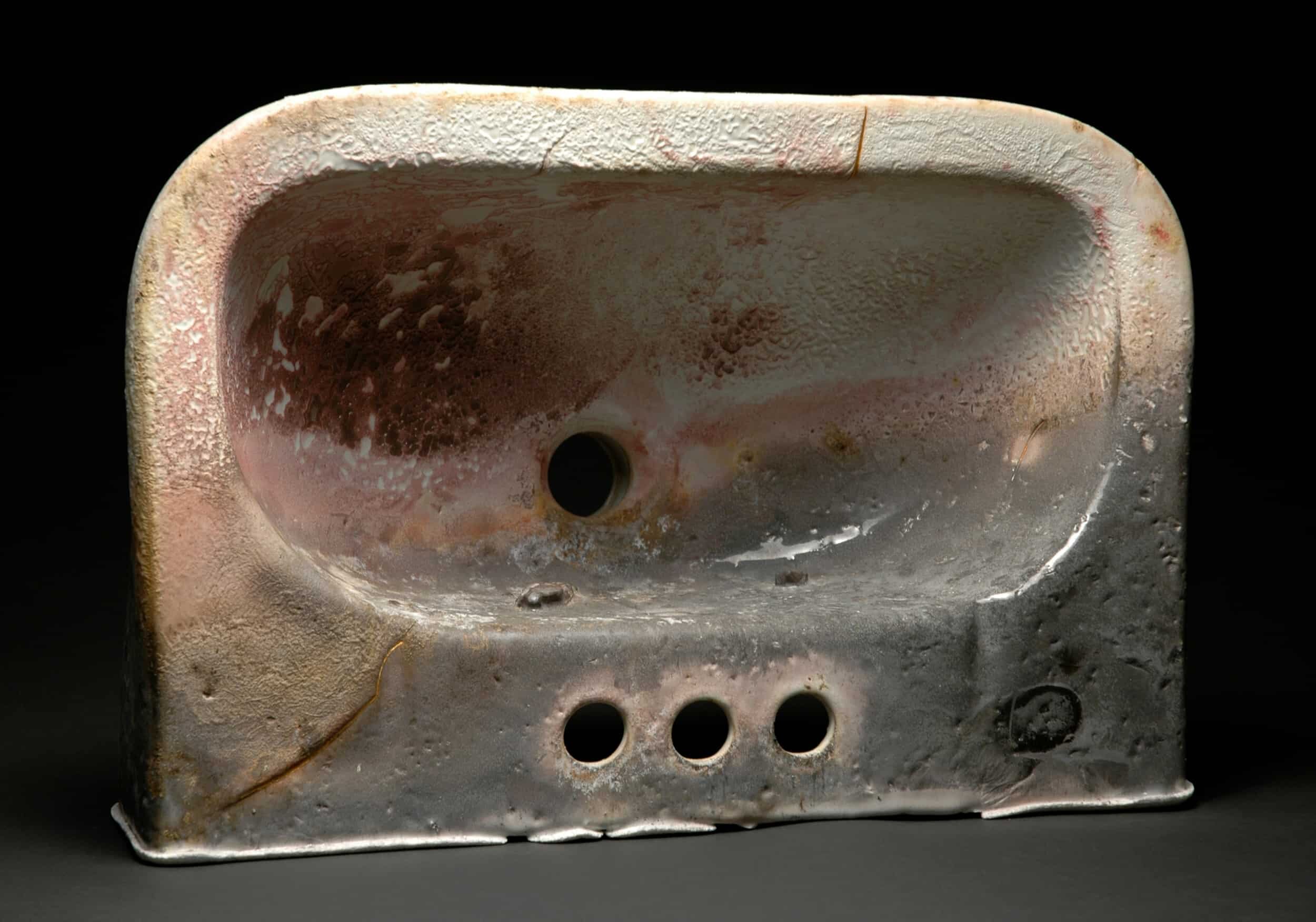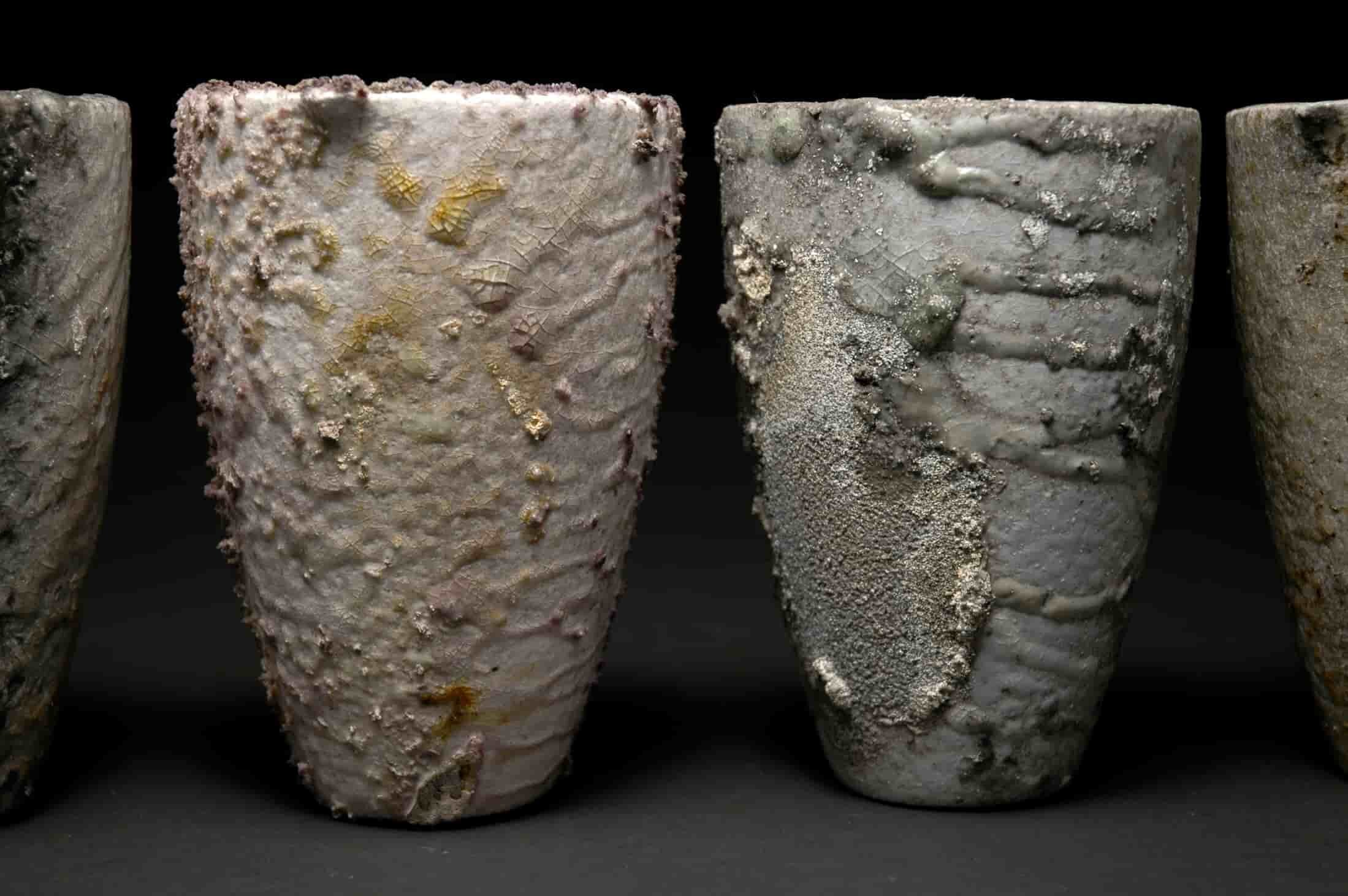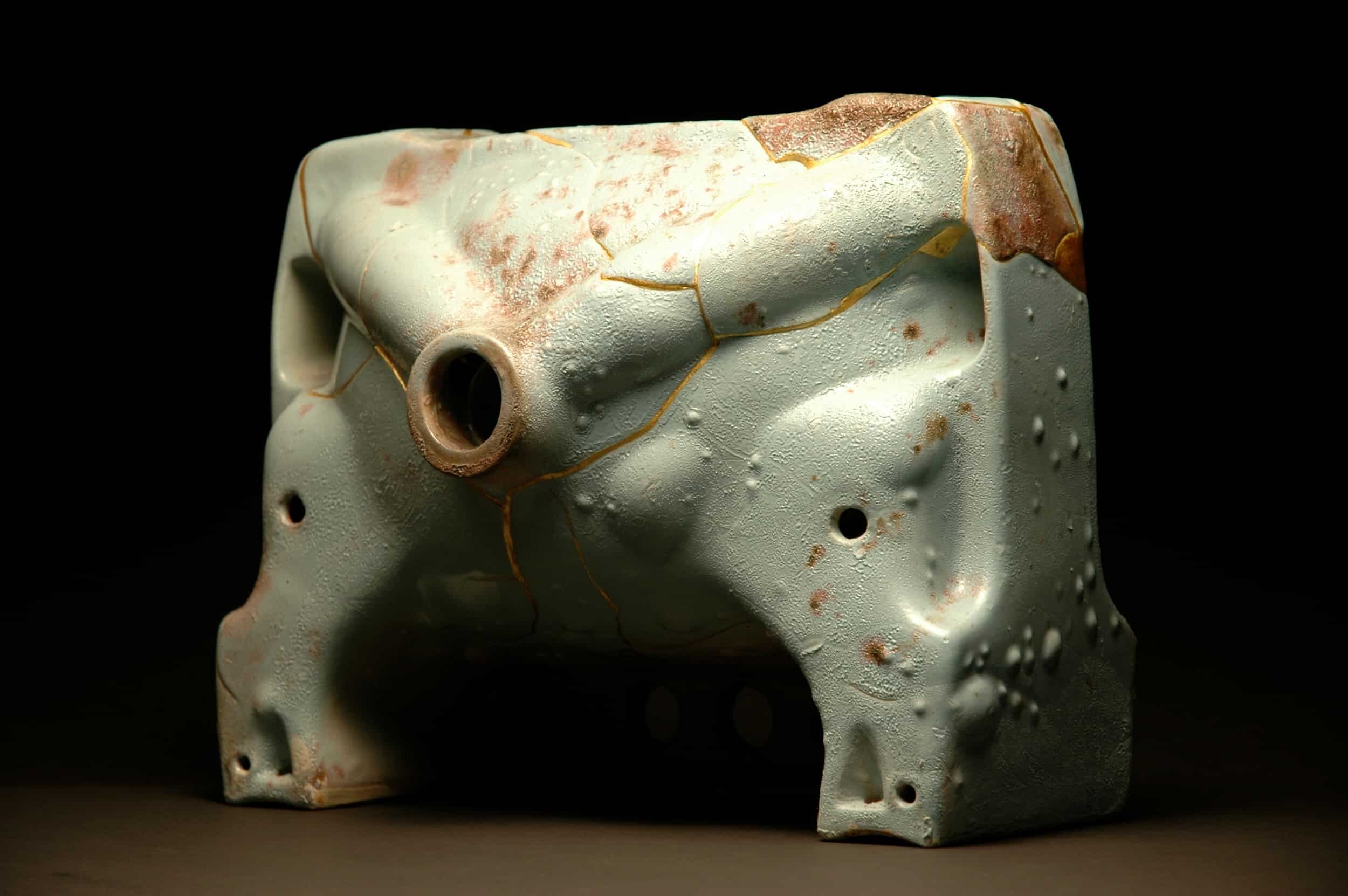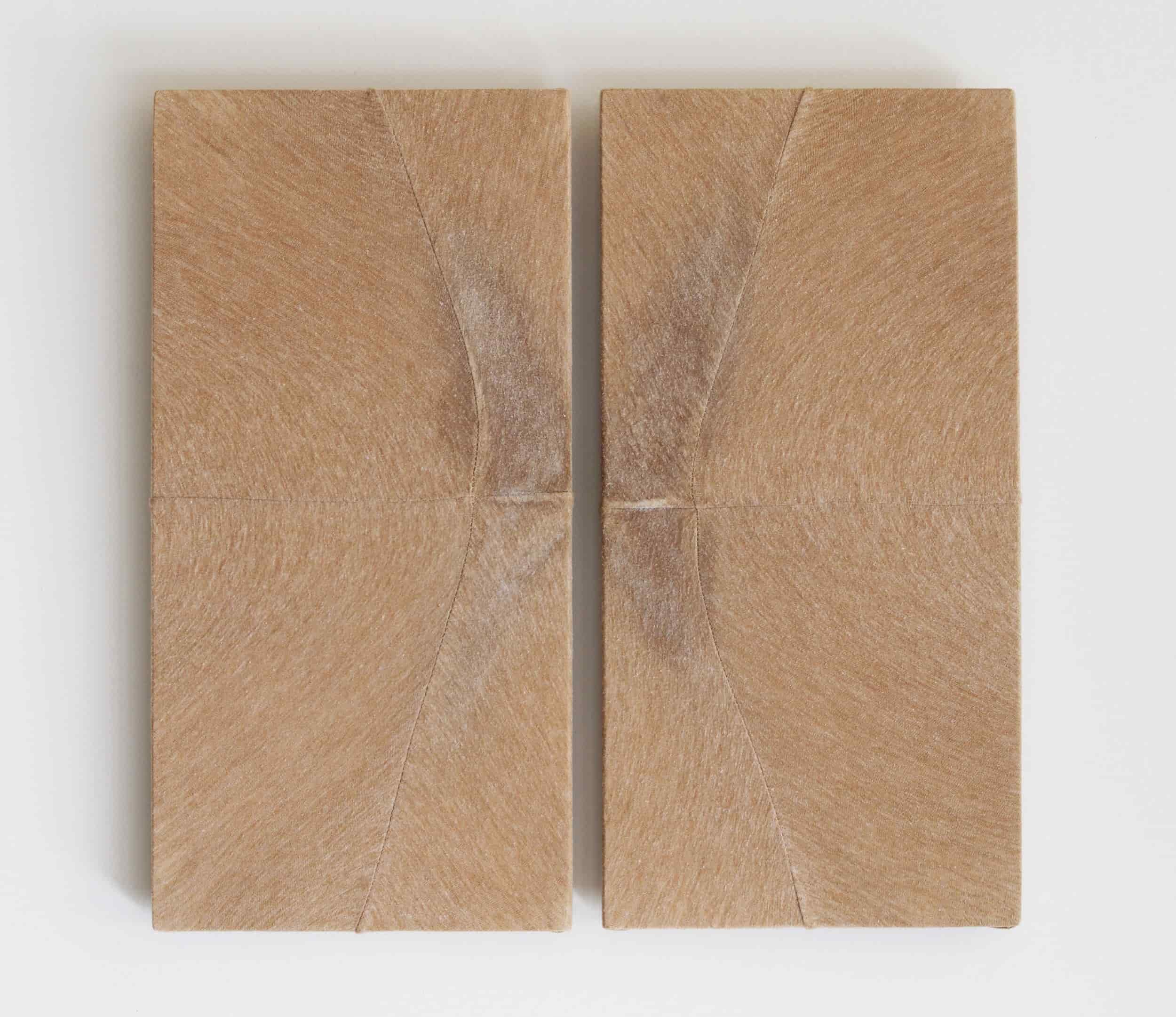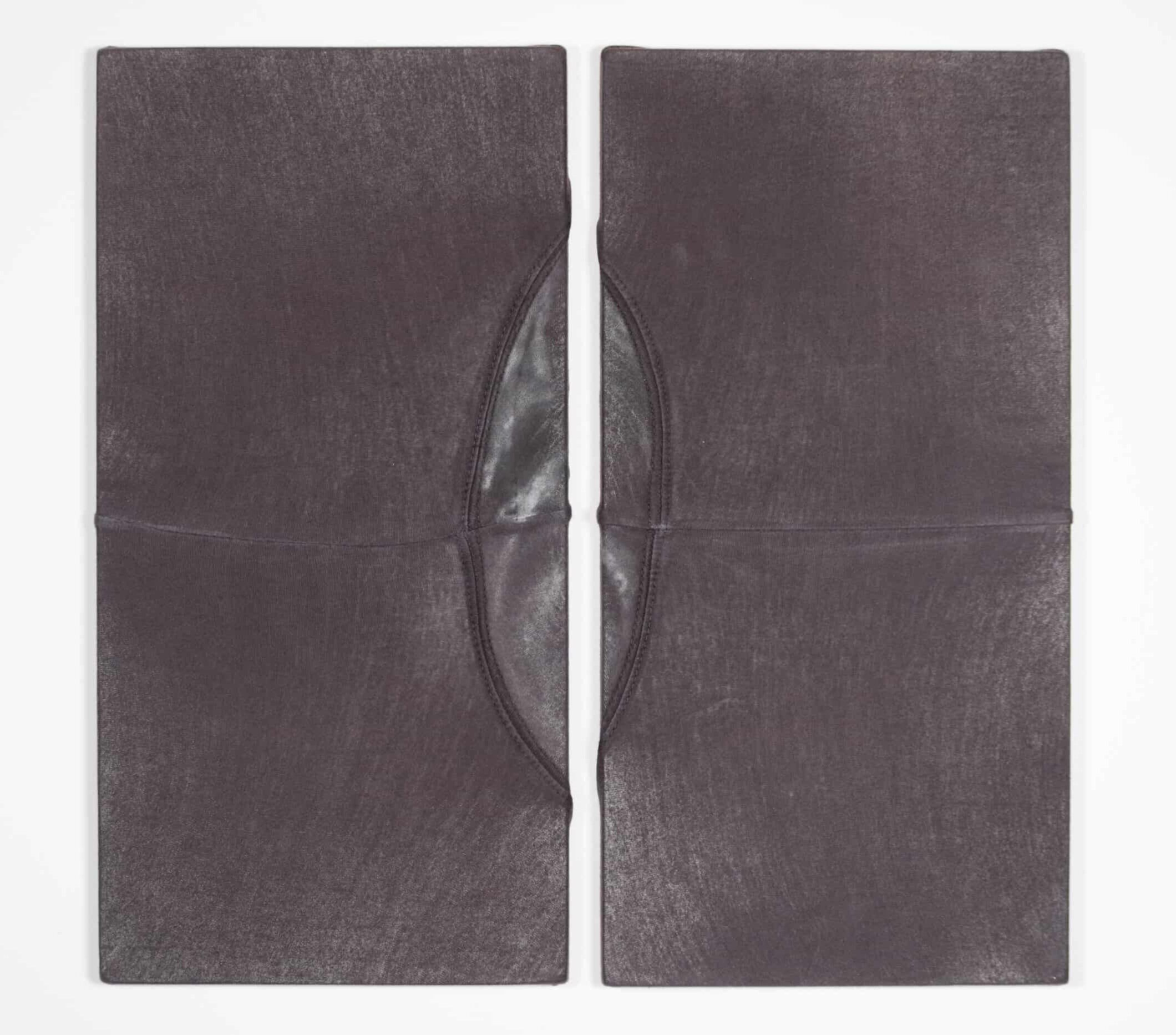About Brian Benfer
Contemporary artist Brian Benfer studied sculpture at Rutgers University, where he earned an MFA. Now based on the west-coast, Benfer is most celebrated for his work in ceramics, though his practice cannot be limited by media, rather lies most closely linked to time affirmed through mark. His art practice is the evidence of his study. Benfer’s works may be bold, immediate, and expressive, or more reflexive, nuanced, and subtle. In all cases, the locus of his work is in the moment of contemplation.
Brian Benfer’s artwork is cognitively critical yet unassuming. Approachable materials and references support this tone, generally linking to personal narratives yet remaining colloquial and open to the viewer’s own frameworks, associations, and histories. In this way Benfer’s work challenges and disarms. It invites the sort of curiosity from the viewer that caused its inception. The act of engagement itself awakens slumbering properties within Benfer’s subjects. Among other strategies, Benfer has used action through space to make ephemeral works, inversion, and conversion to make more object-driven artworks. For Benfer, life’s residue is base-material that when activated by techniques as aforementioned results in our own questioning and meditation.
Brian Benfer first earned attention for work in installation, which involved throwing, scraping, spraying, or otherwise manipulating clay within space. A surprising final presentation, less potential state of the raw material (particularly in-studio setting), these art installations were site specific and transitory. Some two dimensional works skirt the periphery and themselves become referential relics or leaping-off points of reference for related works. Benfer’s rubbings or Chalkboards series share harmonizing qualities with the clay installations made by commission. Chalkboards have been executed internationally in museum, university, and corporate collections: Čiurlionis National Art Museum, Kaunas, Lithuania; Northern Clay Center, Minneapolis, MN; Brown University, Providence, RI; M.K.; Bellevue Arts Museum, Bellevue; and Gallery4Culture and Amazon Headquarters, Seattle, WA among them. Benfer’s Chalkboard works involve rubbing directly on the wall to reveal the past-history of place. A patchwork of structural and functional keystones rise to the surface as a symphony of time-past. As much of Benfer’s work, these art installations deconstruct the traditional frameworks of the fine art object. (This and other intentioned choices seems to align with multiple threads of consciousness in art history tracing back to cubist collage, the ready-made, even action painting or earthwork, yet Benfer slowly establishes his own complexity. In dismantling the economy of the object, can we somehow augment true value, Benfer seems to ask.
This philosophical approach gave way to Brian Benfer’s subsequent project, Industrial Ceramics. Benfer’s most well collected work, samples are in the permanent collections of the Museo Internazionale delle Ceramiche, Faenza, Italy and the Seto City Art Museum, Seto, Japan. These ceramic sculptures reference everyday objects, most generally speaking, watercolorist basins- toilets and sinks, though there are other vessels, objects, and forms in the greater oeuvre. These contemporary glazed ceramic sculptures at first seem debased, deteriorated counterparts to the real thing, but something about them indicates otherwise. Benfer’s Industrial Ceramics are rendered in such a way that their elegance and nuance arises from what at a fleeting glance or a distant-view we may dismiss as the grotesque or the discarded, yet they are visually gripping. These contemporary ceramic sculptures feel monumental and speak to Benfer’s true knowledge of materials and understanding of craft. They become a document to their own production; they are about the wood fire kiln firing process and time. Benfer acts as mediator and unites practices of happenings, ritual, history and technology to facilitate works that operate as artifacts. Nuanced references arch from the element of fire’s role in advancing human civilization to contemporary practices of art conservation. (Artaxis Video where Benfer discusses this work). Benfer’s Industrial Ceramics reiterate resounding concerns and push-backs. What is beautiful, elevated, sacred? What is the highest form of art?
Benfer’s near disregard for the economy of practice yet strengthens the potency of his work. Benfer’s more recent POP series, featured in a gallery exhibition All that remains, and ongoing Paintings series, and many other works less bound by series than individual intentions remain in-line with the continuum as they play to both ends of the market. The Paintings appear at first as colorfield tableaux with an organic lateral symmetry. These works are both derivatives of much labor and personal cast-offs. They are well-worn t-shirts stretched as canvas. Indeed, Brian Benfer’s work remains smart, critical, poignant, and self-aware. It urges us on, asking and answering: we can establish patterns for thought that teach others to think for themselves.


